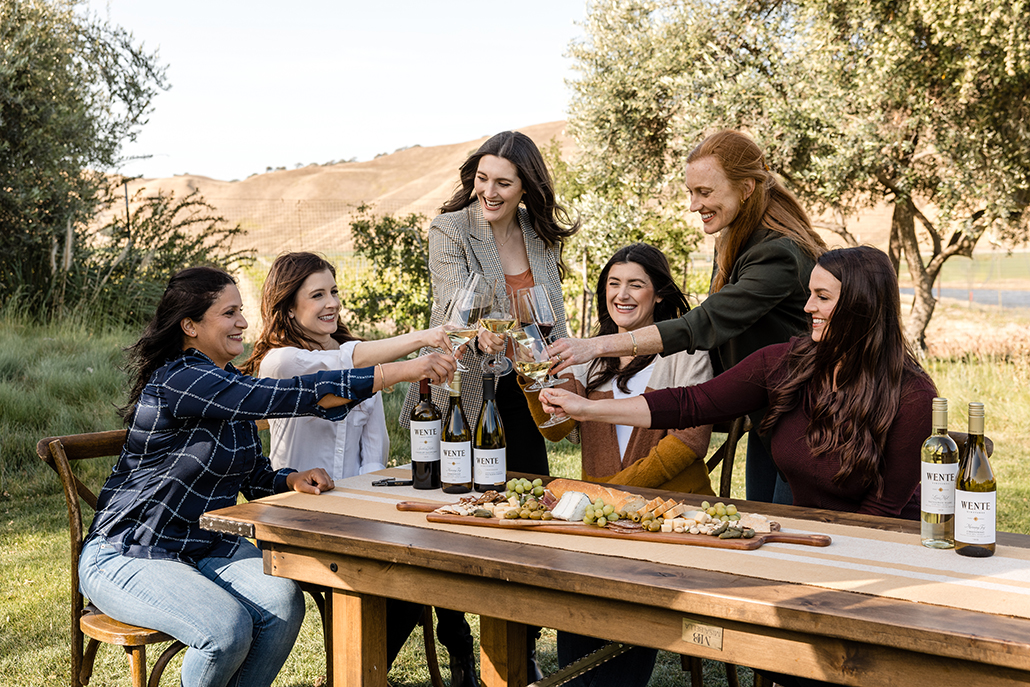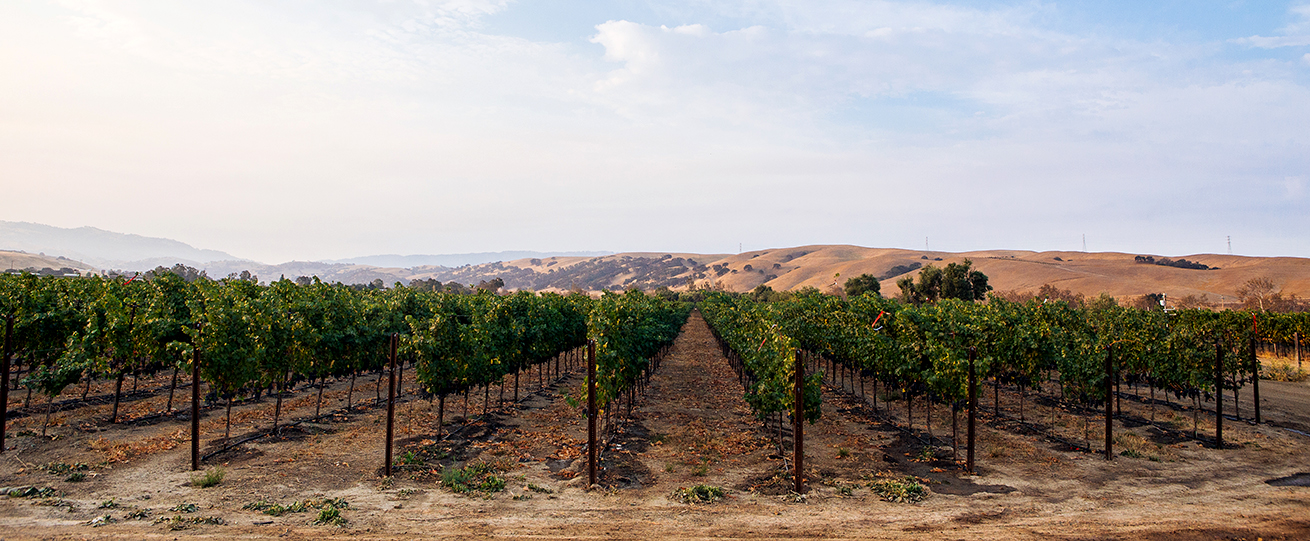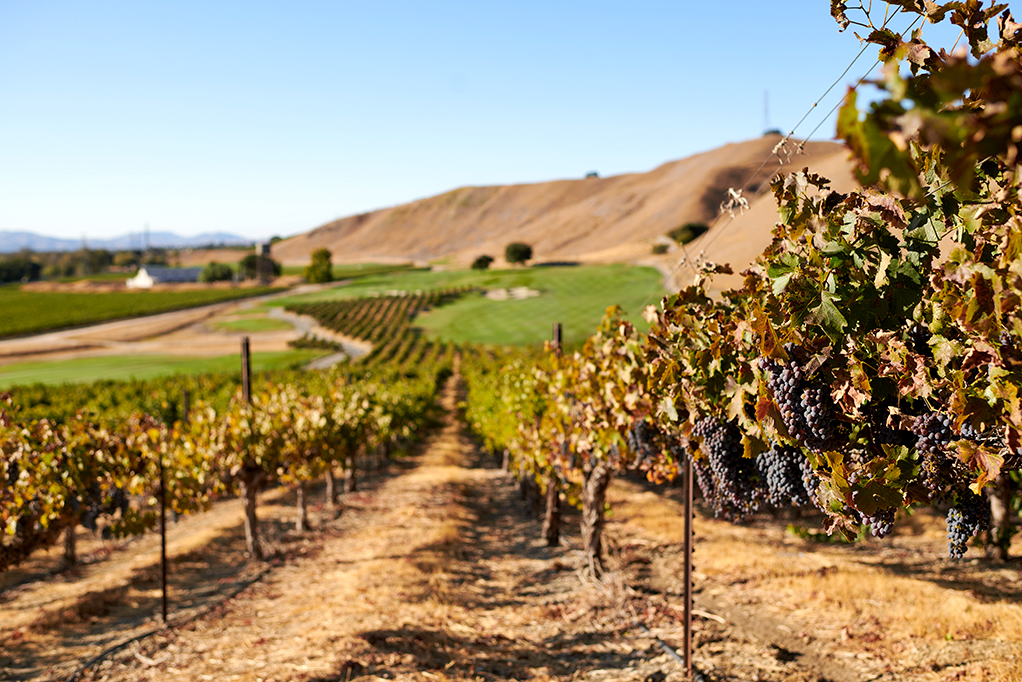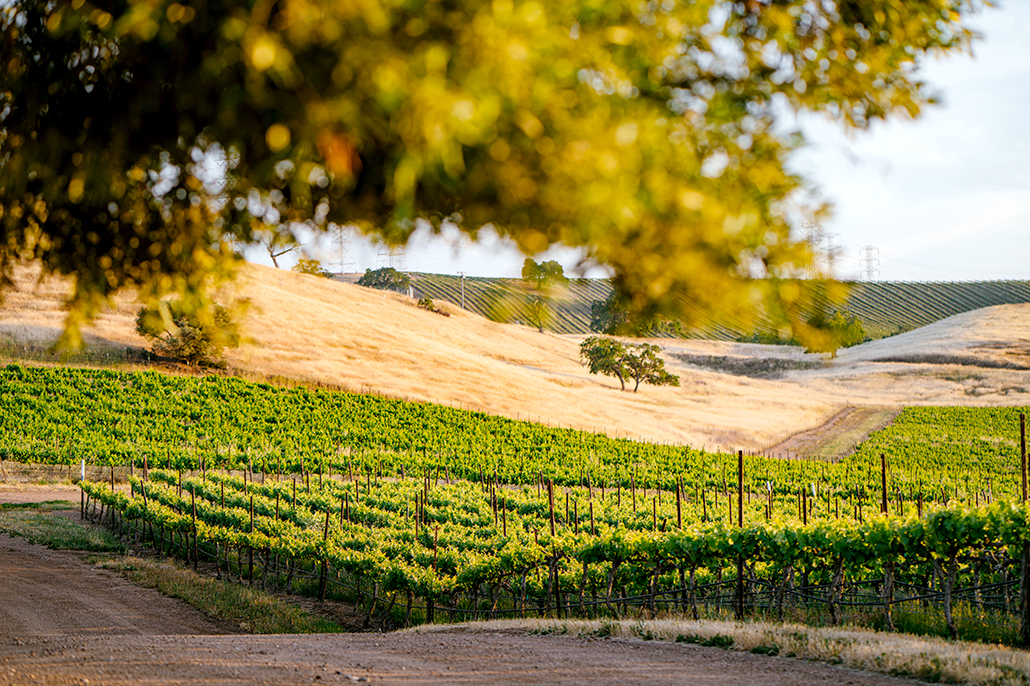Deep ruby color; dark cherry, blackberry, plum, blackcurrant, boysenberry, chocolate, oak, baking spice, vanilla, violets, earth on the nose and palate.
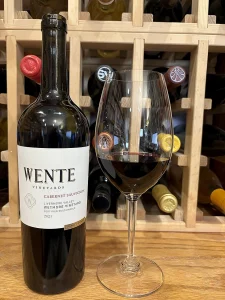
Dry; rich, chewy tannins, decanting recommended; balancing acidity. Full body. Firm, juicy in the mouth. Long, dense finish. Well integrated tannin-acidity-dark fruit after decanting, which smooths out the leathery tannins. Earthiness from “Livermore Dust.” Blend of 90% cabernet sauvignon, 7% petite sirah, 2% petit verdot, 1% malbec. Fermented in stainless steel with pneumatic pump-overs at least twice per day. Aged 18 months in French oak, 40% new, 60% second and third use. 14.5% ABV
Wente Vineyards is the oldest continuously-operated, family-owned winery in the United States. Charles Wente came to America in the 19th century. He learned how to make wine from famed vintner Charles Krug. In 1883, he established a 47-acre estate and winery in the Livermore Valley, 45 miles east of San Francisco.
Wetmore Vineyard is named for Livermore Valley wine pioneer Charles Wetmore, who brought Bordeaux cuttings from Château Marguax to California in the 1880s. Grapes used in this wine are descendants of two clones planted by Wetmore. Wente notes: “from their origins in Margaux in the 19th century to the present, only the best of these Cabernet Sauvignon vines have been selected for each new generation planted.”
It is intriguing that nearby vineyards and neighbors played crucial roles in California’s signature grapes—cabernet sauvignon and chardonnay. California’s cabs are traced to James Concannon. California chards to Wente. Concannon clones come from a single “mother vine” brought to the Livermore Valley in 1893 from Château Margaux—the same vineyard that supplied Wetmore’s cuttings. Some 80% of California cab vines trace back to this beginning.
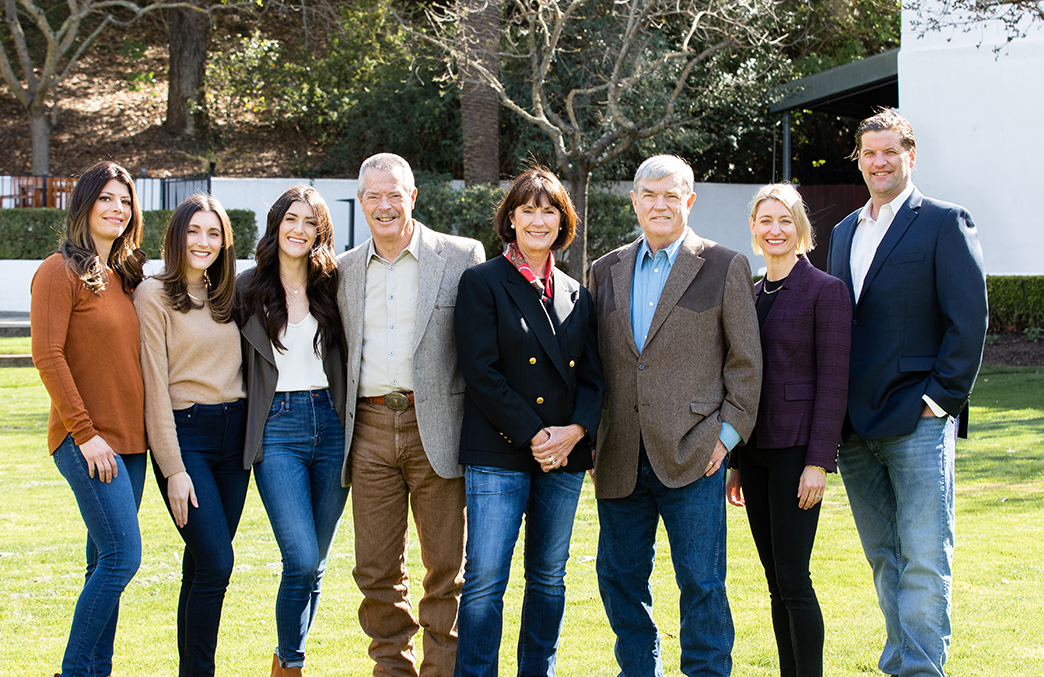

In 1908, Wente planted the first chardonnay vines in the valley. In 1912, Charles’s son, Ernest, a UC–Davis student, convinced his father to import chardonnay cuttings from a well-known vine nursery in France. Ernest propagated vines differently than others. While many selected for yields, flavor took precedence for Ernst. Ultimately, Wente developed the “Wente Clone” variety of chardonnay vines. More than 75% of all California chardonnay comes from the Wente Clone. So, 80% of California cab vines and 75% of California chard vines trace their roots to the Livermore Valley and vineyards and families less than three miles apart.
Wente takes pride in being a sustainability leader. They note: “Wente Vineyards has been farming sustainably since its founding in 1883. Throughout its history, Wente Vineyards has been a leader in sustainable practices helping implement the non-profit trade organization’s Code of Sustainable Winegrowing Practices. Wente Vineyards is proudly a certified sustainable vineyard and winery from the California Sustainable Winegrowing Alliance. Less than ten percent of wineries hold both the vineyard and winery certifications. The certification is verified annually by a third party on over sixty vineyards and forty-one winery prerequisites. Year after year, Wente Vineyards must demonstrate continuous improvements and implement action plans for the following year’s initiatives.”
Today, the fourth generation of the Wente family, led by board chairman Carolyn Wente assisted by brothers Eric and Phil Wente, is passing management on to their fifth generation. With the exception of chief winemaker Karl Wente, they are all women—Christine, Jordan, Aly, and Niki.


Wente Vineyards Cabernet Sauvignon, Livermore Valley, Wetmore Vineyard 2021 is superb wine and an especially attractive QPR (quality-price ratio) pour. Dark fruit flavors predominate. Decanting reveals structure, depth, length and ameliorates significant tannins. Decanting recommended. Widely available winner. $24-35
Pairing—Built for meat; grilled beef, especially well-marbled steaks, ribeye, New York strip; grilled lamb chops, roasted leg of lamb; braised short ribs with goat cheese polenta. Italian fare; five-cheese lasagna, mushroom risotto, pasta Bolognese, meat-lover pizza. Barbecue; slow-cooked brisket, pork barbecue. Cheese—Milder blue cheese, roquefort; aged cheddar, aged gouda, gruyère; comté, aged parmesan. Specialty—Salami, cured meats on charcuterie board; bacon-wrapped dates, dark chocolate cake.
